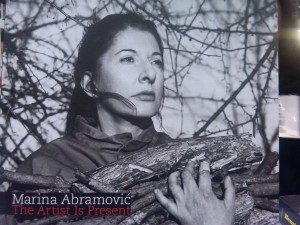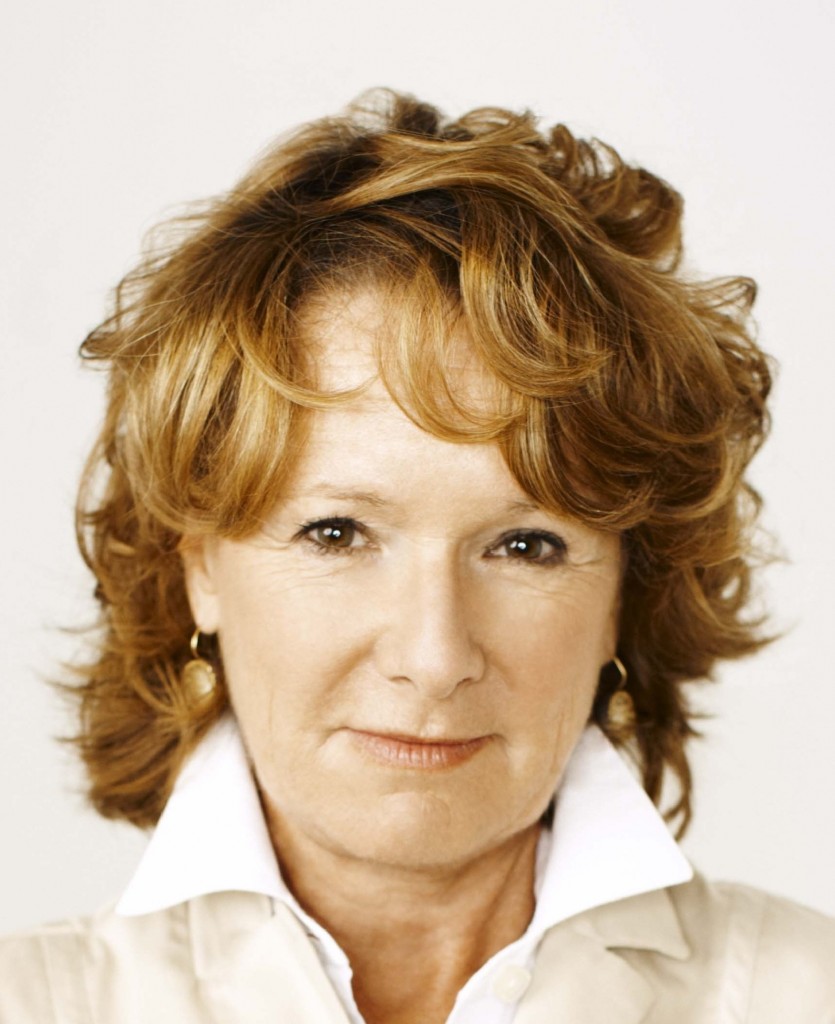 David, my husband, says that when I am on a mission, there is no stopping me. Well, he knows me best! Do you think after taking a red eye from Los Angeles and having a couple of meetings right after I land, I would go to my hotel room to rest? Are you kidding? I went straight to MOMA, where I was looking forward to seeing 2 exhibits in particular: Henri Cartier-Bresson’s photography and Marina Abromovic’s performance art.
David, my husband, says that when I am on a mission, there is no stopping me. Well, he knows me best! Do you think after taking a red eye from Los Angeles and having a couple of meetings right after I land, I would go to my hotel room to rest? Are you kidding? I went straight to MOMA, where I was looking forward to seeing 2 exhibits in particular: Henri Cartier-Bresson’s photography and Marina Abromovic’s performance art.
As an avid photographer and a big admirer of Bresson’s work (I once gave a first edition of his photography book to a dear friend of mine), I was just thrilled to see the range of his photographic work displayed at the museum. His portraits and the pictures taken when traveling throughout China, Mexico, Spain, Morocco, and even Iran was just breathtaking. His eye is impeccable and his sense of timing is just right. He managed to capture the essence of the moment, and the prevailing feeling of the situation in such a masterly way. No wonder he is called the best photographer of the century. Here is a little article my friend, Patricia Zohn wrote about this exhibition in the Huffington Post.
http://www.huffingtonpost.com/patricia-zohn/culture-zohn-off-the-chuf_b_530192.html
Abromovic’s performance art is other-worldly. If one doesn’t understand what this grand artist is aiming for, one would think it is masochistic and at times even pornographic. Be ready to see nudity and lots of it in this show. I think Abromovic is a remarkable artist, pushing the boundaries of courage, conceptual art, while having the viewers be participants in the art. The funniest moment for me was when I was getting ready to go through this entrance to a hall, where a nude man and woman were standing by. There is no other way to get into the exhibition hall but to squeeze past these two naked people, which was the entire point. I was 5 feet away from the man and woman when my phone rang! My friend asked me if she had called at a bad time. I paused and said, “Well, I am looking at two naked people right now. Can I call you back?” Of course, we were both hysterically laughing at this awkward moment. And of course, I explained to her that I was at the MOMA exhibit! Here is an article and some clips of the Abromovic exhibition:
I guarantee you, it is an experience.
http://www.huffingtonpost.com/patricia-zohn/culture-zohn-marina-abrom_b_493064.html
My third art stop was visiting Leyla Taghinia Milani Heller’s Gallery. When I was in NY in August, I got a chance to visit the Chelsea Museum’s Iranian Art exhibit that was curated by her. I also read a glowing article in the New York Times about Leyla and her gallery. So of course, I went to the gallery in the summer. But this time, I was lucky to catch her in town, as she is often traveling for art fairs. She is no doubt one of the most important dealers in Iranian Contemporary Art, and her gallery was showing an exhibit of Shoja Azari’s work.
I have been a fan of Shoja’s work and he is getting a lot of press on this new exhibit. Here is the NY Times Article on Shoja and his latest work:
http://www.nytimes.com/2010/05/23/arts/design/23azari.html
There is no substitute to having an artist himself explain his work. I was fortunate that Shoja was at hand in the gallery. Shoja talked about each piece at length, explaining the roots of his work and his inspiration in his characteristically friendly and warm manner. What strikes the viewer is his straightforward iconoclastic gesture, the replacement of the the face of ordinary women for the image of saints in Shi’i iconography. This video instillation projected onto the icons makes these faces actually come alive and make subtle motions. As I told Shoja myself, “I can’t take my eyes off these images. The faces truly come alive.” There is a deeper philosophical and political undertone to his art, which in reality creates a dialogue for Iran’s tradition of using sacred iconography and for the current political involvement of women in the country. These images surely stayed with me long after I left the gallery, which proves that he has found of wellspring of powerful images to construct his form of expression around.


